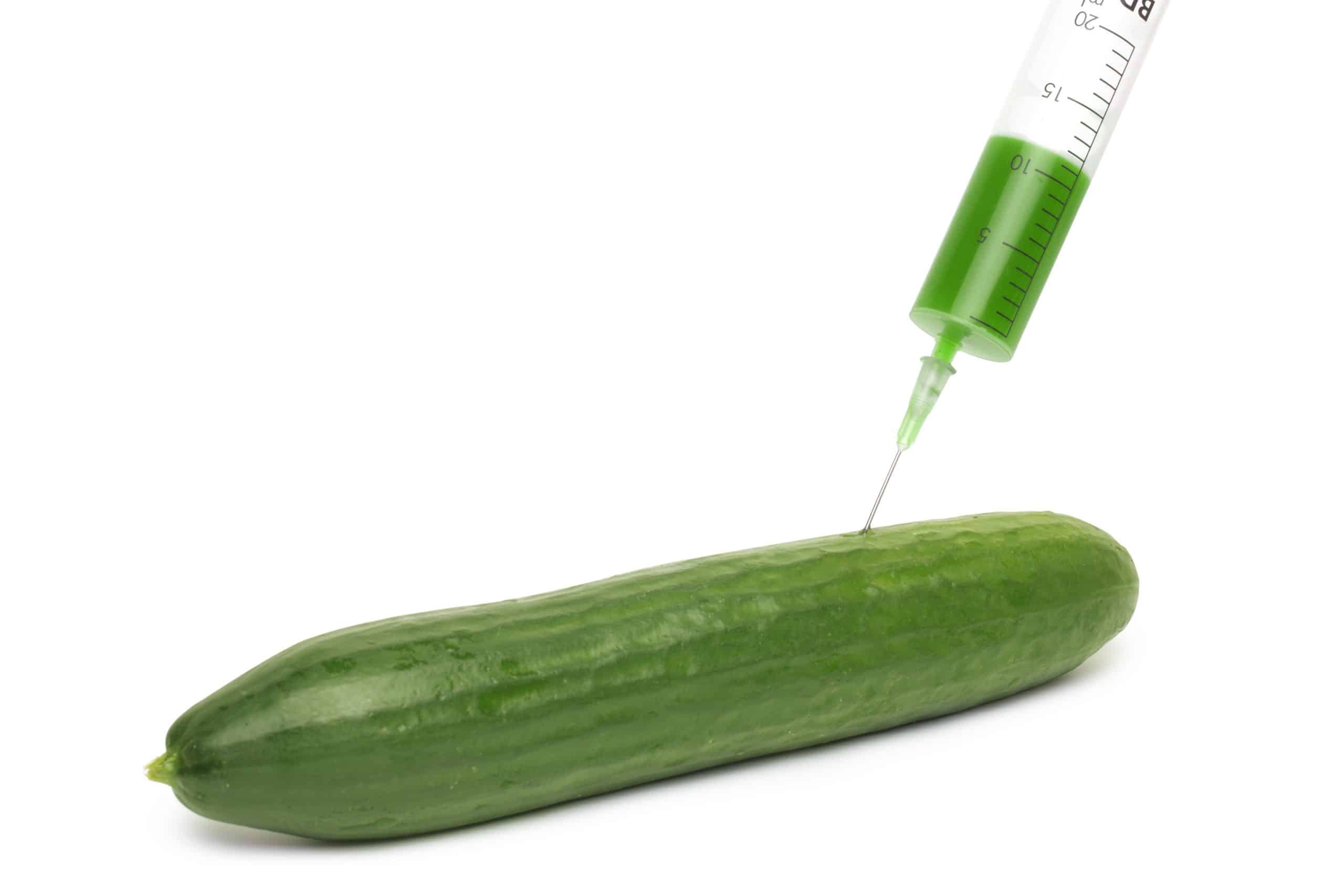How to Safely Lower a Volkswagen Beetle for Improved Stance and Handling?

As passionate car enthusiasts, you may have given some thought to modifying your vehicle to improve its performance or enhance its aesthetic appeal. One popular modification entails lowering the suspension of your Volkswagen Beetle. This alteration can vastly improve your car’s handling, giving it a lower center of gravity and a more aggressive stance. However, this process involves several crucial steps that must be carried out with precision to ensure the safety and integrity of your beloved Beetle. This article will guide you through these steps, highlighting the best practices to lower your Beetle without compromising its performance or safety.
Understanding the Suspension System
To effectively carry out this modification, it’s essential to understand the Beetle’s suspension system. The suspension is a car’s system of shock absorbers, springs, and linkages that connects the vehicle to its wheels and facilitates relative motion. The suspension also plays a critical role in managing the vehicle’s handling and ride quality.
Lire également : Can a Performance Clutch Kit Enhance the Driving Experience of a Honda S2000?
In a Volkswagen Beetle, the suspension system is a bit unique, compared to other cars. The Beetle utilizes a torsion beam suspension, with a joined front and rear beam. This torsion beam design provides a balance of comfort and feedback, making it an ideal candidate for lowering.
Choosing the Right Lowering Spindles
Lowering your Beetle involves the use of lowering spindles. These are designed to drop the vehicle’s front without affecting the ride quality. In the case of the Beetle, you will find a wide selection of drop spindles designed specifically for its unique torsion beam suspension.
A lire en complément : How to Install a Hybrid Turbo in a Ford Fiesta ST for More Power?
When choosing the right spindles, it’s crucial to remember that the front drop should be relative to the rear drop. This balance ensures that the vehicle maintains a level stance, improving aesthetics and handling. A general rule is to opt for a 2.5” drop spindle. This will lower the top of the tire by 2.5”, maintaining a level stance and ensuring the suspension geometry remains intact.
Lowering the Front
Once you have chosen the right spindles, the next step is to lower the front of the Beetle. This process involves removing the old spindle and replacing it with the new one. The spindles are attached to the torsion beams, and to replace them, you will need to remove the old spindles from the beams.
During the spindle installation, it’s crucial to ensure that the new spindles are properly aligned. Inaccurate alignment could lead to uneven tire wear and poor handling. Therefore, after installing the spindles, it’s prudent to get a professional alignment. This will ensure your Beetle rides and handles as it should.
Lowering the Rear
After lowering the front, focus should be shifted to the rear. The beetle’s rear can be lowered by adjusting the torsion beams. Unlike the front, where you replaced the spindles, the rear lowering involves the adjustment of the torsion beam location. This process, while not difficult, requires careful attention to detail. Any missteps could lead to uneven lowering, affecting your car’s handling and ride quality.
To lower the rear, you will adjust the torsion beam location. This is done by loosening the bolts that attach the beams to the body of the car. Once loosened, these can be adjusted to the desired ride height.
Post-Modification Checks and Balancing
The last step in the process of lowering your Beetle, after changing the spindles and adjusting the torsion beams, is the post-modification checks. These checks are vital to ensure the car’s handling and safety have not been compromised.
After the modification, you should test drive your Beetle to assess the handling and ride quality. If you notice any irregularities such as poor handling, uneven tire wear, or uncomfortable ride quality, you should quote the problem to a professional for further examination.
Additionally, you are encouraged to join car enthusiast online forums and share your post-modification experience. Fellow Beetle owners will be grateful for your insights, and they may provide you with useful feedback based on their experiences. Remember to thank the users whose posts helped guide you through the modification process, fostering a sense of community and shared learning.
While lowering your Volkswagen Beetle can seem like a daunting task, with the right knowledge and tools, it can be an enjoyable DIY project. Just remember to approach it with care, and do not hesitate to seek professional help if you encounter any difficulties. In the end, the improved stance and enhanced handling of your lowered Beetle will be well worth the effort.
Lowering by Means of Air Suspension
If you’re looking to make a more significant modification to your Beetle’s stance and handling, you could consider investing in an air suspension kit. An air suspension system replaces the traditional steel springs with inflatable air springs, allowing you to control the ride height of your vehicle.
When using an air suspension system, you can adjust the ride height according to your preference. It offers the flexibility of lowering the car for an aggressive stance or raising it for greater ground clearance when needed. On your Volkswagen Beetle, an air suspension system can also improve handling by reducing body roll and enhancing cornering abilities.
Installing an air suspension system can be more complex than simply swapping out spindles or adjusting the torsion bars. The process involves replacing the existing suspension components with the air suspension kit, including the air springs, compressor, control unit, and a series of valves and tubes.
Before beginning the installation, you should carefully read the instructions that come with the kit. You can also look for online posts that detail the experiences of others who have successfully installed air suspension systems on their Beetles. When the installation is complete, it’s advisable to have a professional quote an alignment to ensure everything is in order.
Remember, although the initial investment for an air suspension system may be higher than simply using dropped spindles or adjusting the torsion bars, the benefits in terms of adjustability and improved handling are substantial.
Replacement of Ball Joints and Link Pins
The last step to lower your Beetle safely and improve its stance and handling involves replacing the ball joints and link pins. The ball joints are part of the suspension system that connects the control arms to the steering knuckles. Over time, these can wear out and may need to be replaced, especially when lowering your Beetle.
You can find replacement ball joints for your Beetle from various aftermarket parts suppliers. When choosing, ensure that they are compatible with your Beetle model’s location and year. You will also need to replace the link pins, which connect the trailing arm to the torsion beam.
Replacing the ball joints and link pins is a vital step when lowering your Beetle to ensure the safety and integrity of your vehicle. After replacing these components, you should again have a professional quote an alignment to make sure the suspension geometry is correctly aligned.
Remember, as with all modifications, it’s essential to follow the manufacturer’s instructions and adhere to the recommended maintenance schedule. Regular checks and maintenance can prevent premature wear and ensure the longevity of your modified suspension system.
Conclusion
Lowering your Volkswagen Beetle can significantly improve its stance and handling. The methods mentioned – whether it involves using dropped spindles, adjusting the torsion bar, installing an air suspension system, or replacing the ball joints and link pins – require an understanding of the Beetle’s unique suspension system. Moreover, each method demands precision and attention to detail to ensure the safety and integrity of your vehicle.
After the modification process, performing post-modification checks and balancing is crucial. If you notice any irregularities, don’t hesitate to quote the problem to a professional. Joining car enthusiast online forums and sharing your modification experience can also be beneficial.
In conclusion, while the process of lowering your Beetle may seem daunting, with the right knowledge, careful execution, and post-modification checks, it can be an enriching and satisfying DIY project. The improved stance and handling of your lowered Beetle will undoubtedly be well worth the effort.
